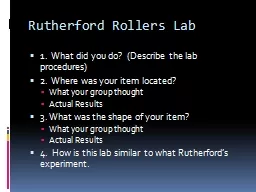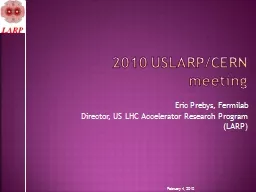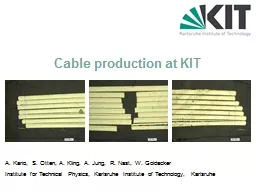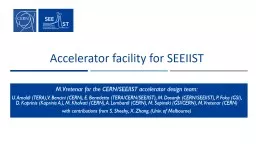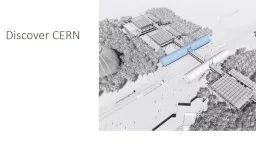PPT-Rutherford cable design approach and experience at CERN
Author : dora | Published Date : 2023-10-26
J Fleiter A Bonasia B Bordini and A Ballarino 17 th January 2017 US EuroCirCol cable meeting Outline Accelerator magnets cable design Nb 3 Sn cable geometry HLLHC
Presentation Embed Code
Download Presentation
Download Presentation The PPT/PDF document "Rutherford cable design approach and exp..." is the property of its rightful owner. Permission is granted to download and print the materials on this website for personal, non-commercial use only, and to display it on your personal computer provided you do not modify the materials and that you retain all copyright notices contained in the materials. By downloading content from our website, you accept the terms of this agreement.
Rutherford cable design approach and experience at CERN: Transcript
Download Rules Of Document
"Rutherford cable design approach and experience at CERN"The content belongs to its owner. You may download and print it for personal use, without modification, and keep all copyright notices. By downloading, you agree to these terms.
Related Documents





